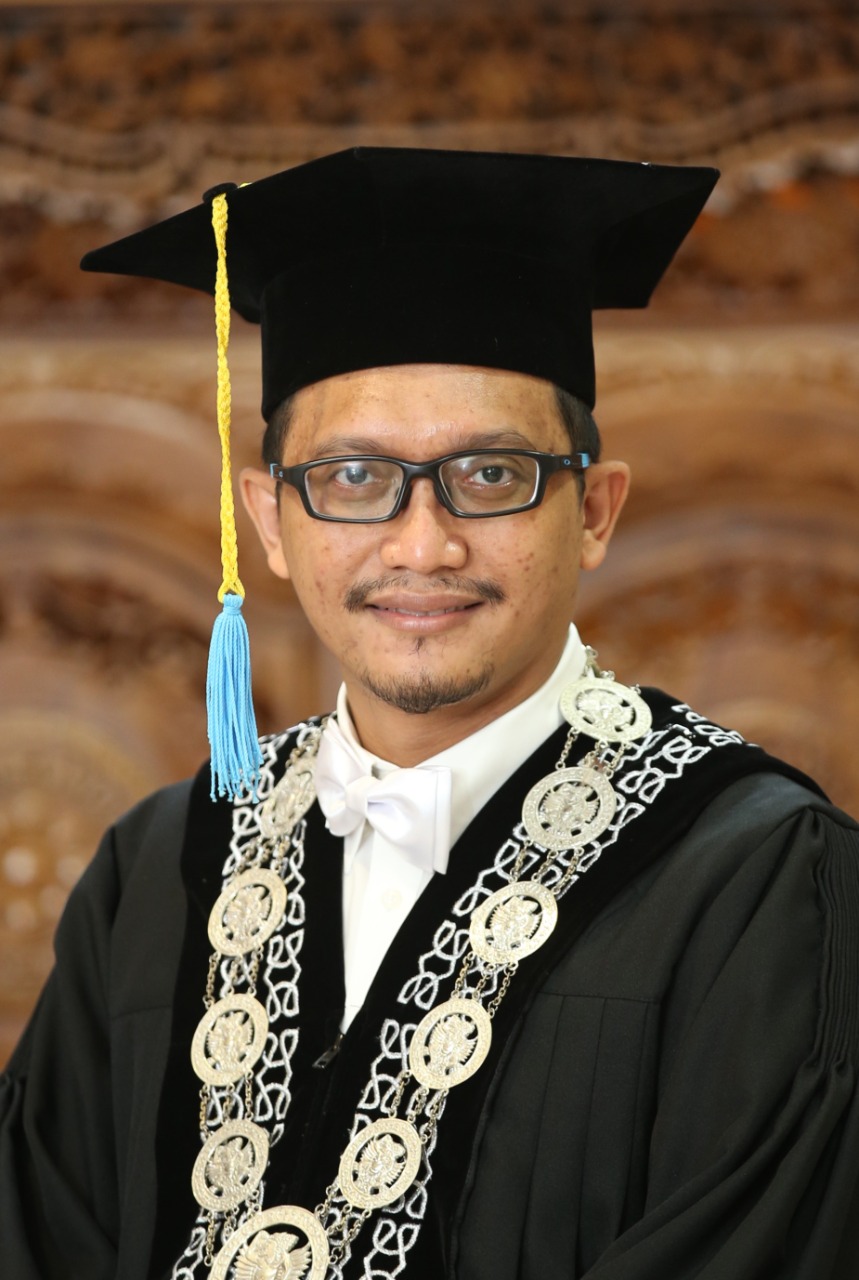Anxiety Level and Risk Factors in Medical Students
Downloads
Methods: We conducted cross-sectional study involving 195 medical students by consecutive sampling. The inclusion criteria in this study were all first, third, and fifth year medical students who were willing to participate in the study. The data was recorded using questionnaire of anxiety risk factors, Hamilton Rating Scale for Anxiety, and Miller and Smith Stress Vulnerability Scale. All data then was processed and analyzed descriptively.
Results: From 195 students, 57 male (29.2%) and 138 female (70.8%) students participated, consisted of 63 first year, 68 third year, and 64 fifth year students. Anxiety mostly occurred in fifth year students (20.3%), followed by first year students (19%), and third year students (11.8%). Anxiety mostly occured in male (24.6%), at the age of 17 (33.3%), susceptible to stress (75%), dissatisfied with physical condition (29.2%), had chronic diseases (26.4%), on middle birth order (34.6%), had frequent conflict with parents in almost every month (50%), lived in dorm (20%), had no close friends (33.3%), perceived that health was not important (100%), orphaned (18.8%), low parental income (35%), overburdened with examination (26.3%), and dissatisfied with the examination criteria (26.5%).
Conclusion: Fifth year medical students had the highest frequency of anxiety, while third year students had the lowest frequency. Nevertheless, based on the age, anxiety mostly occurred at the age of 17. These conditions were caused by some risk factors.
Association AP. College Students' Mental Health is a Growing Concern, Survey Finds. In: Psychology Mo, (ed.). Washington DC2013.
Rosenthal JM and Okie S. White Coat, Mood Indigo ” Depression in Medical School The New England Journal of Medicine. 2005.
Rab F, Mamdou R and Nasir S. Rates of Depression and Anxiety among Female Medical Students in Pakistan. Eastern Mediterranean Health Journal 2008; 14: 126-33.
Jadoon N, Yaqoob R, Raza A, Shehzad M and Zeshan S. Anxiety and Depression among Medical Students: A cross-Sectional Study. Journal of Pakistan Medical Association. 2010; 60: 699-702.
Widosari Y. Perbedaan Derajat Kecemasan dan Depresi Mahasiswa Kedokteran Preklinik dan Ko-asisten di FK UNS Surakarta Surakarta: Universitas Sebelas Maret, 2010.
Auliani R. Hubungan Antara Tipe Kecemasan dengan Prestasi Belajar Statistik Mahasiswa Fakultas Psikologi UIN Jakarta Jakarta: UIN, 2010.
Hamilton M. Hamilton Anxiety rating Scale (HAM-A). 1959.
Anon. How Vulnerable Are You To Stress? The Miller-Smith Lifestyle Assessment Inventory.
Sadock B and Sadock V. Kaplan & Sadock's Synopsis of Psychiatry: Behavioral Sciences/Clinical Psychiatry. Philadelpia: Lippincott Williams & Wilkins, 2014.
Alvi T, Assad F, Ramzan M and Khan FA. Depression, Anxiety and Their Associated Factors among Medical Students. Journal of the College of Physicians and Surgeons--Pakistan : JCPSP. 2010; 20: 122-6.
Nguyen HT, Dunne MP and Le AV. Multiple Types of Child Maltreatment and Adolescent Mental Health in Viet Nam. 2009.
Fitasari I. Faktor yang Berhubungan dengan Kejadian Stress pada Mahasiswa Fakultas Kesehatan Masyarakat Universitas Airlangga Surabaya: Universitas Airlangga, 2011.
1. The journal allows the author to hold the copyright of the article without restrictions.
2. The journal allows the author(s) to retain publishing rights without restrictions
3. The formal legal aspect of journal publication accessibility refers to Creative Commons Atribution-Share Alike 4.0 (CC BY-SA).




























